Forget boiling—baking cabbage gives this versatile veggie a crispy, flavorful twist.

Growing up, I only enjoyed cabbage once a year—on Saint Patrick’s Day. Mom would boil it, slather it in butter, and I’d eat it by the pound. I still love cabbage, but now I prefer healthier ways to cook it. Enter baked cabbage.
Cabbage is thought to have been introduced to America by French explorer Jacques Cartier in the mid-16th century. By the end of the next century, it was a staple in colonial diets. In 17th-century New Netherland, for instance, Dutch settlers were enjoying koolsla—a cold salad made with cabbage, oil, vinegar, salt, and pepper—the original coleslaw!
Since those early days, cabbage has remained a favorite across the globe, valued for its nutrition and versatility. Whether baked, boiled, shredded into salads, or transformed into stuffed cabbage rolls, this adaptable veggie has found its way into countless dishes.
If you’ve been overlooking cabbage, saving it only for that special holiday in March or your summer coleslaw, it’s time to try baked cabbage. It roasts beautifully and makes a perfect side dish for any meal.
Is Baked Cabbage Healthy?
Yes. Cabbage is a nutrient-dense cruciferous vegetable, in the same family as broccoli, cauliflower, and kale. Moreover, cabbage is a source of fiber that aids digestion and promotes gut health. Plus, cabbage is a good source of antioxidants that help our bodies fight inflammation.
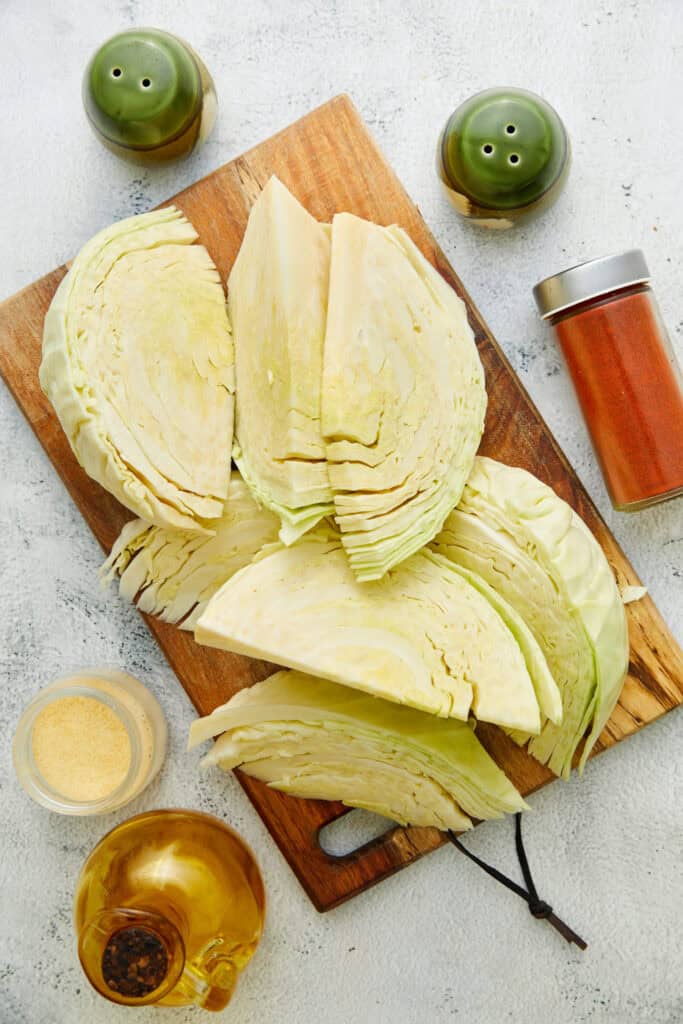
Green Cabbage Vs. Red Cabbage
Much like its green counterpart, red cabbage has a crispy texture and can be eaten raw, making it an excellent addition to salads and coleslaw. Both are similar in terms of taste, with red cabbage being slightly sweeter. Red cabbage is especially delicious when slowly braised with chopped apple and served as a side dish to autumn dishes. Whether you’re baking it, sautéing it, braising it, or simply steaming it with butter and salt, both cabbages adjust to most cooking methods. Their ability to complement flavors without dominating them makes them an excellent accompaniment to an array of main courses.
When it comes to nutritional value, red cabbage has more antioxidants and vitamins A and C. While its striking color can enhance any dish, bear in mind that this cabbage may release its red hue when cooked, potentially tinting the meal with a purple undertone.
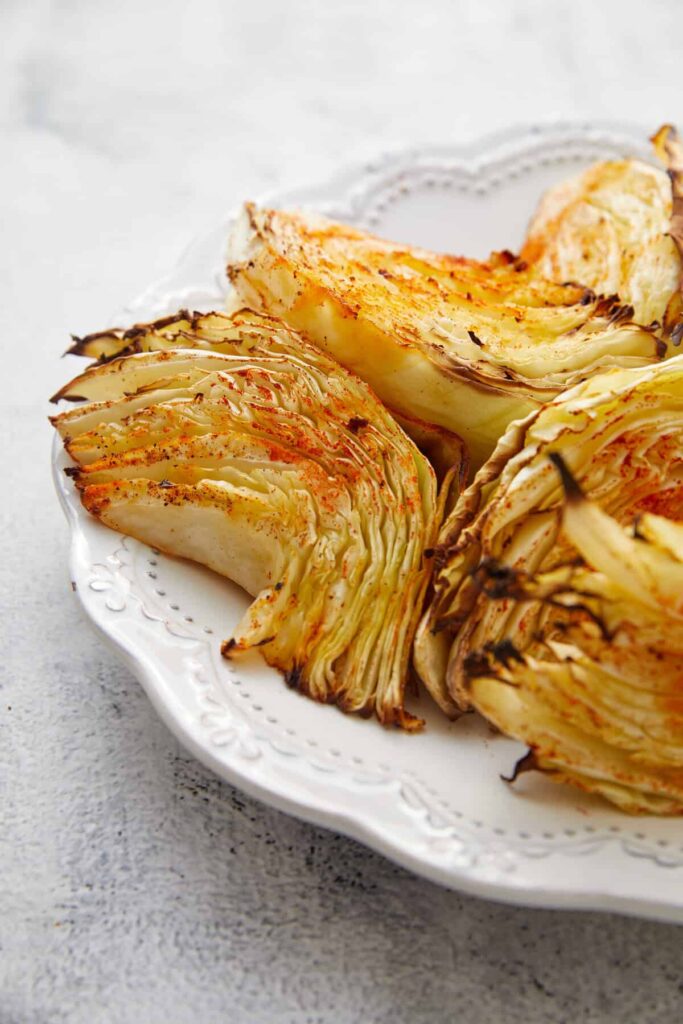
How to Make Ahead and Store
Baked cabbage should be stored within 2 hours of cooking. Once cooled, transfer it to an airtight container and place it in the fridge, where it will keep for up to 5 days. You can also freeze the cabbage in Ziploc bags for up to 3 months. This is a great way to have cabbage ready to throw into soups or other dishes.
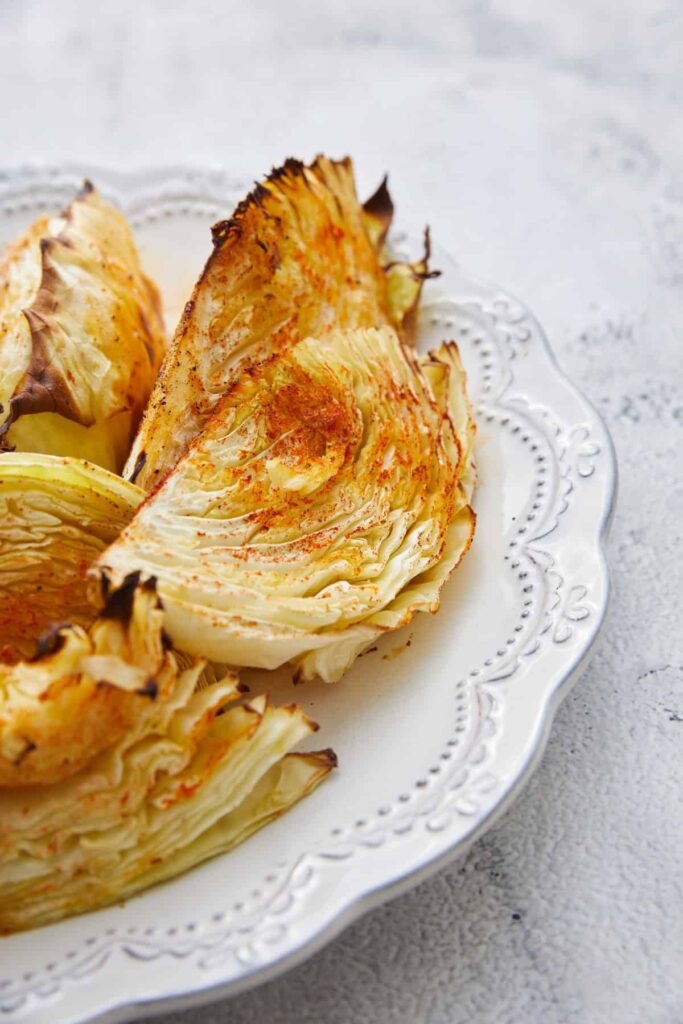
Serving Suggestions
Baked cabbage wedges have a delicate flavor that pairs well with almost any main dish. I love serving it with a bowl of Vegan Chili or a hearty slice of Vegan Meatloaf. Baked cabbage also makes a great lunch or snack all on its own. Drizzle a few wedges with Apple Cider Vinegar Dressing, finish with a scattering of toasted walnuts, serve it over quinoa, and you have light and healthy lunch. As mentioned, once baked, these cabbage wedges work perfectly in all kinds of soups, such as this Easy Homemade Crock-Pot Vegetable Soup, Minestrone, and, of course, Cabbage Soup.
Recipe
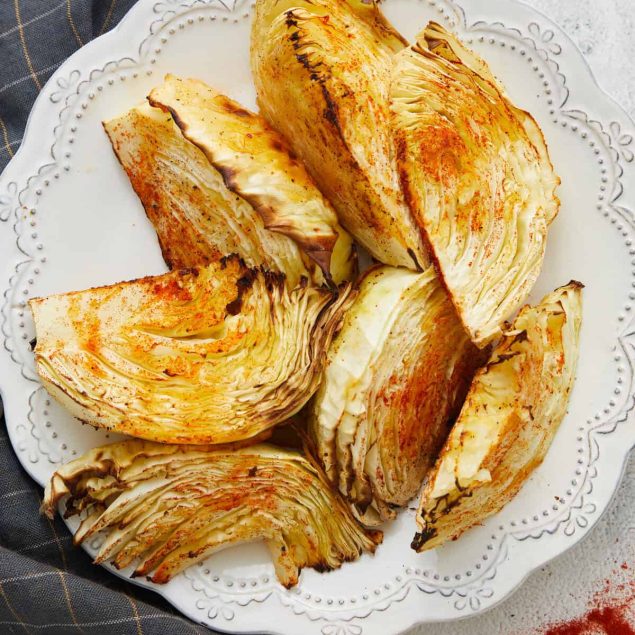
Ingredients
- 1 medium head of green cabbage cut into 8 wedges
- 2 tablespoons olive oil
- 1 teaspoon garlic powder
- 1/2 teaspoon paprika
- 1/4 teaspoon black pepper
- 1/2 teaspoon kosher salt
Instructions
- Preheat the oven to 425 degrees Fahrenheit and line a baking sheet with parchment paper.
- Arrange the cabbage wedges on the baking sheet and drizzle with olive oil.
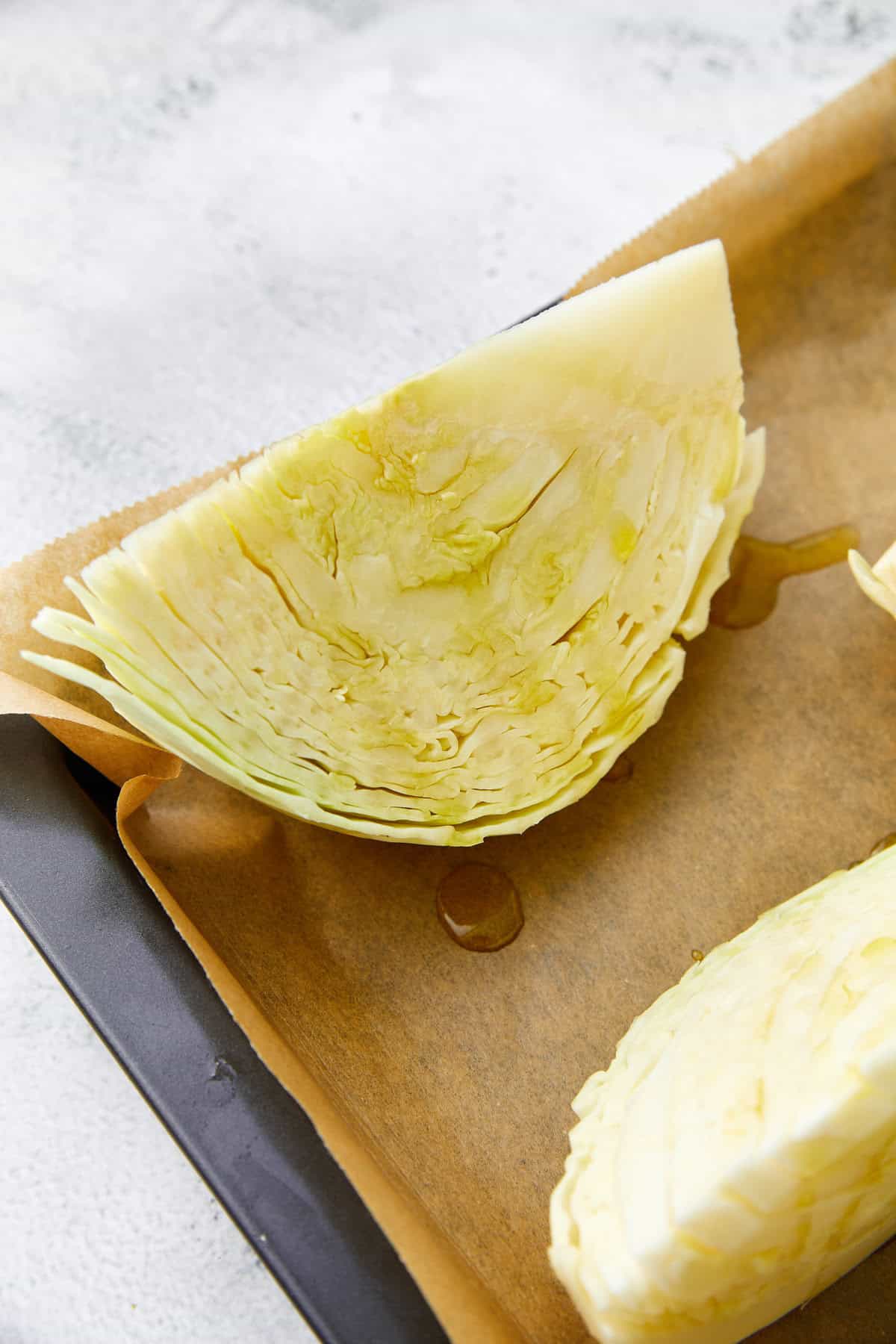
- In a small bowl, mix together garlic powder, paprika, salt, and pepper. Sprinkle the spice mixture evenly over the cabbage wedges.
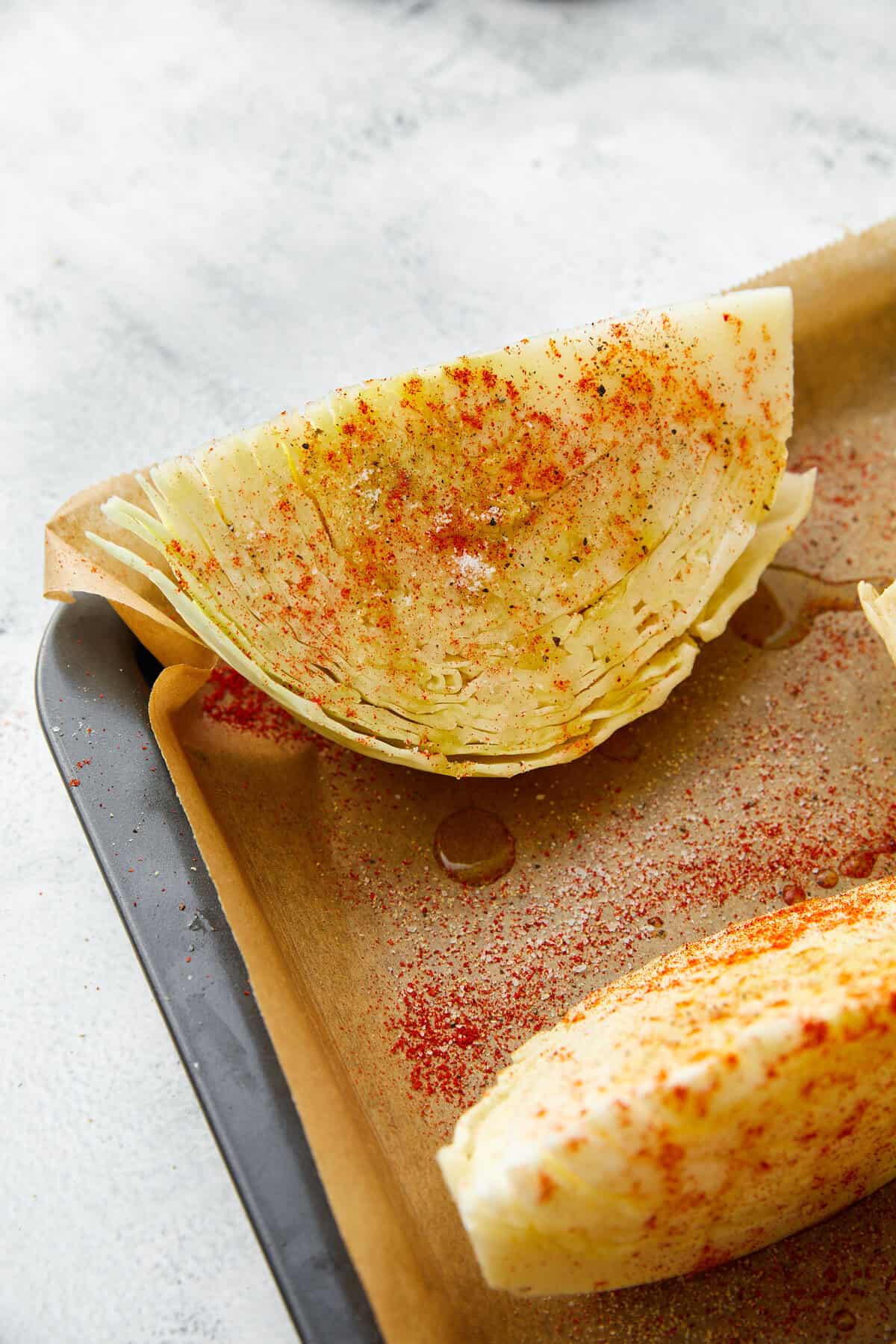
- Roast in the preheated oven for 25 minutes, or until the edges are crispy and the cabbage is tender.
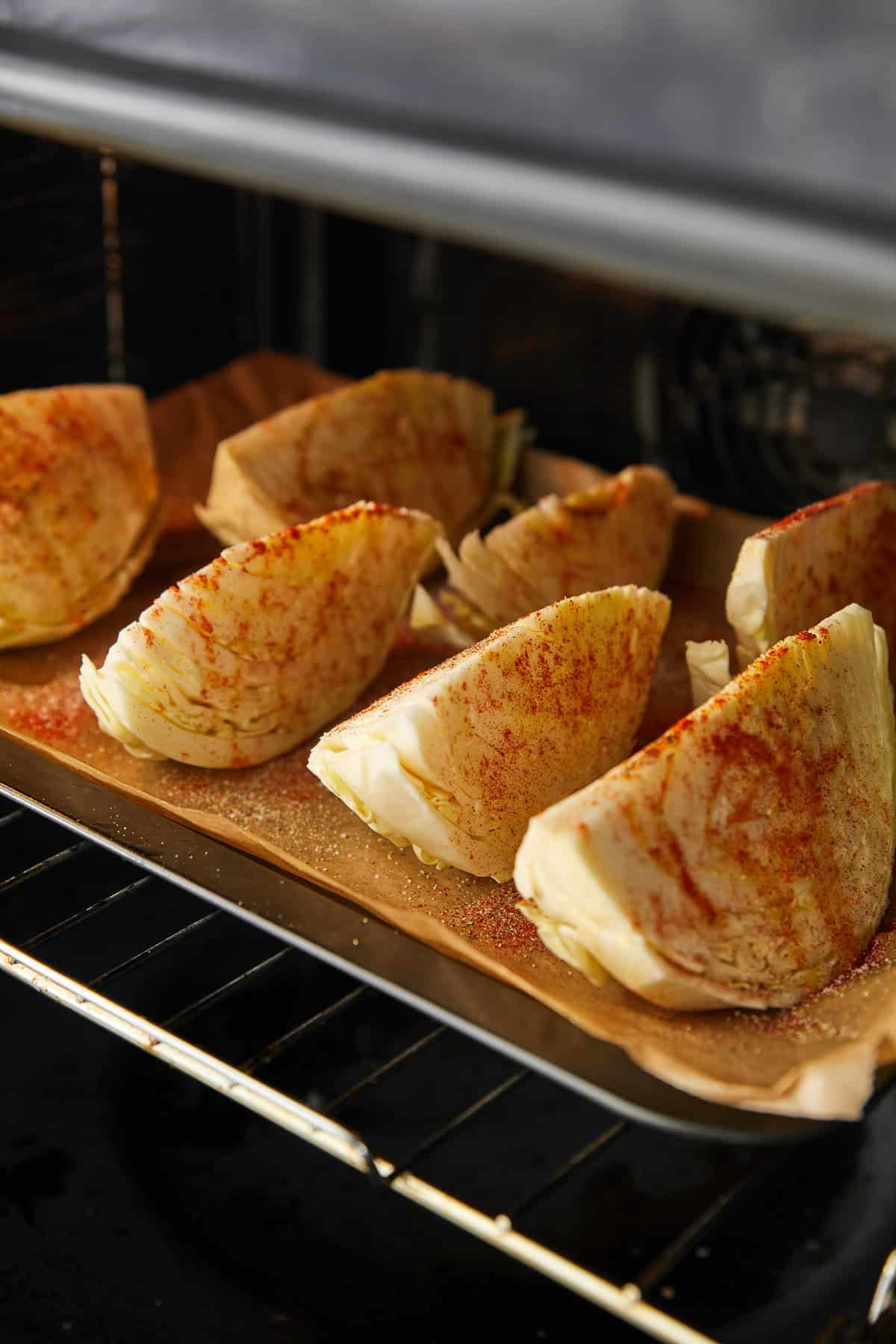
Nutrition Info:
Recipes written and produced on Food Faith Fitness are for informational purposes only.

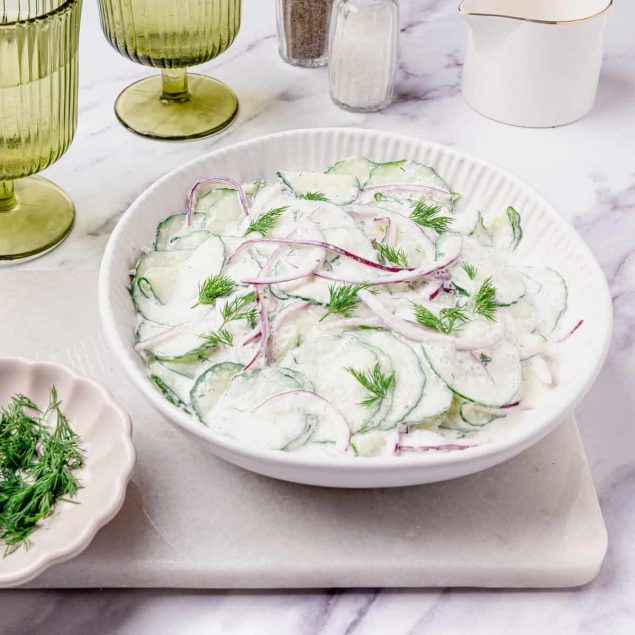
Leave a Comment